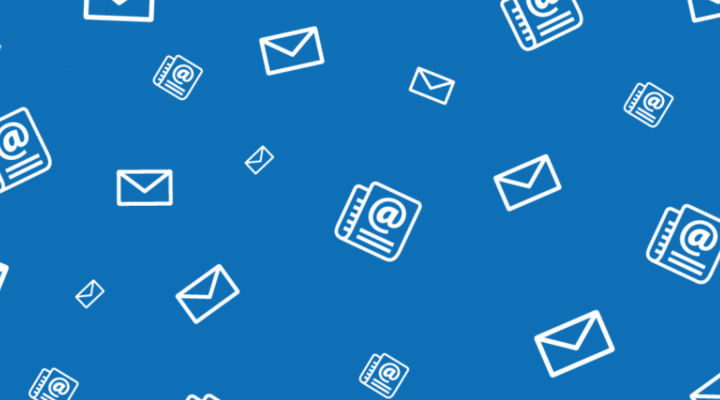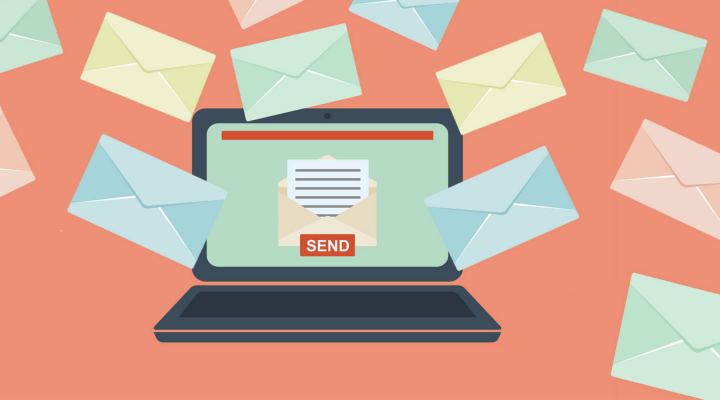
What You Need to Know About Fonts in Email
in: Business
What You Need to Know About Fonts in Email Aesthetics plays...

Email Marketing Tips for Travel Agents
in: Business
Email Marketing Tips for Travel Agents There is an opinion...

Email Marketing Tips for Retailers
in: Business
Email Marketing Tips for Retailers Looking to increase your retail...

What is DMARC and What Do the Recent Changes Mean for Email Marketers?
in: Business
What is DMARC and What Do the Recent Changes Mean for Email Marketers? DMARC (Domain-based Message Authentication Reporting and Conformance) is a policy to protect users from spam and phishing emails.To describe DMARC in more precise, scientific terms, it is message authentication, reporting, and domain name-based compliance checking. History: DMARC was launched in 2010 as an anti-phishing tool. It was supported by e-mail providers Hotmail, Yahoo! Mail, AOL, Comcast, GMail, Netease and Newsletter Senders American Greetings, Bank of America, Facebook, Fidelity, JPMorgan Chase & Co., LinkedIn, PayPal. How DMARC Works Imagine you are sending out a bulk email. In this case, it is important for an email provider, to know that you have allowed sending letters on your behalf. That letters from your domain are sent by you, and not by some scammer.DMARC regulates this process. It tells the server what to do with the message if the DKIM and SPF records are incorrect. Correct DKIM and SPF confirm that the letter was actually sent from the domain specified in the "From:" field in the letter. Even if the email is technically sent from other servers and not from your mail server.Thus, DMARC is responsible for mail authentication. That is, for the sender's authentication procedure. Let's see how exactly DMARC does this. DMARC is a protocol that records what to do with a message after reading DKIM and SPF records. DKIM and SPF are entries in the mail domain settings. They tell the email provider what to do with the email they receive. DKIM works like this: the letter contains encrypted data about who sent the letter and when. The postal provider (Gmail) receives this data along with the letter. The provider decrypts them using the public key posted on the domain from which the letter was sent. If the data match, it means that this is an honest sender, the letter...

Email Marketing Tips for Fitness Clubs and Health Centers
in: Business
Email Marketing Tips for Fitness Clubs and Health Centers Free medicine is becomi...

Use your landing page to turn your email viral
in: Business
Use your landing page to turn your email viral When launching a new product,...

Email Marketing Tips for Financial Advisors
in: Business
Email Marketing Tips for Financial Advisors Financial advisors...

Email Marketing for Veterinary and Animal Clinics
in: Business
Email Marketing for Veterinary and Animal Clinics Many veterinary clinic owner...

Understanding ISP Feedback Loops
in: Business
Understanding ISP Feedback...

Email Marketing for Law Firms
in: Business
Email Marketing for Law Firms In the legal field, clients...
